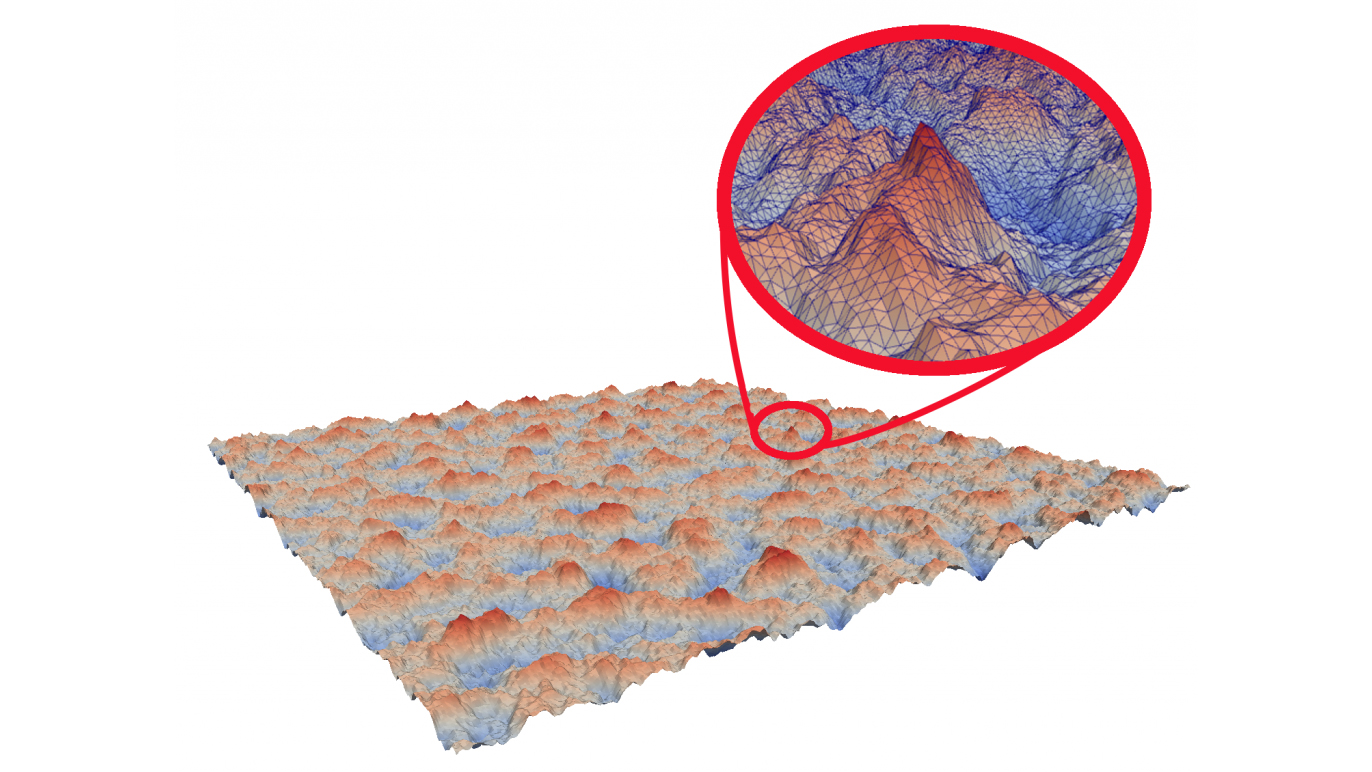
Based on the macro or microscopic applications, a large amount of contact problems were studied using single scale approaches such as Finite Elements and Molecular Dynamics. However, several previous studies have shown that the physical mechanisms that occur at the contact interface are multiscale in nature. Indeed, long range elastic forces control the macroscopic behavior while dissipative mechanisms are dominated by events at the atomic scale. The schematic below depicts the multiscale nature involved in the case of sliding friction whose macroscopic behaviour depends on the microscopic contacting asperities.

In our lab, we use molecular dynamics (MD) to capture the physical mechanisms at the contacting asperities. But due to the length and time scale limitations of MD we are also interested in multiscale models in order to reduce the computational expenses. We have used multiscale models to study normal contact and sliding problems to understand friction, adhesion and wear.

We also use continuum mechanics through Boundary Element Method (BEM) or Finite Element Method (FEM) to model contacting asperities during normal contact. We can model statistically relevant surfaces with elastic constitutive laws to establish the link between surface profile and pressures at contacting asperities. In ongoing projects, we introduce plasticity either using a plastic flow model, or a multiscale approach for local plastic deformation.